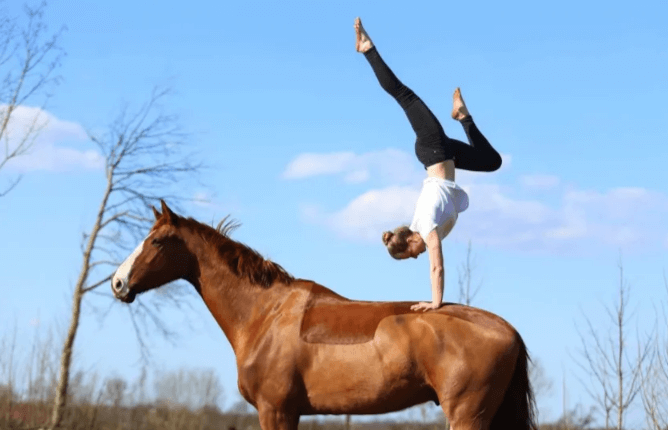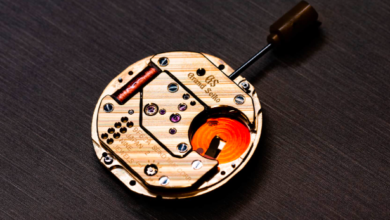What are the Basic Moves in Equestrian Vaulting?

Introduction to Equestrian Vaulting
Equestrian vaulting is an artistic and athletic discipline, where vaulters perform gymnastic and dance-like movements on a cantering horse. Originating as a form of cavalry training, it has evolved into a competitive sport that emphasizes harmony, balance, and rhythm. Before exploring the specific moves, it’s crucial to understand the equipment, the role of the horse, and the importance of the lunger in this unique sport.
Essential Equipment and Participants in Equestrian Vaulting
The Horse
In equestrian vaulting, the horse is not just a partner but an active participant that contributes to the vaulter’s performance. The horses are trained to maintain a consistent canter in a circle, controlled by a lunger who stands at the center.
The Lunger
The lunger is responsible for guiding the horse, ensuring it moves in a steady, rhythmic pace, which is crucial for the vaulter to perform the movements accurately and safely.
The Surcingle and the Pad
Vaulters perform on a horse that wears a special surcingle (a type of harness) and a pad. The surcingle has handles and straps that help the vaulter maintain grip and balance.
The Arena
Vaulting is typically performed in a circular arena, ensuring the safety of the horse, the vaulter, and the lunger.
The Basic Moves in Equestrian Vaulting
Each move in equestrian vaulting requires precision and coordination. Here are some of the foundational moves that every vaulter learns at the beginning of their training.
The Mount
- The Basic Swing Mount – The vaulter uses momentum to swing their leg over the horse while grasping the handles of the surcingle.
Stationary Moves
- The Basic Seat – The vaulter sits upright on the horse, legs extended forward, with feet resting gently against the horse’s side.
- The Flag – One arm is extended straight upward while the opposite leg is extended backwards, forming a straight line.
- The Mill – The vaulter performs a sequence of leg movements over the horse’s back, moving from a seated to a kneeling position and then standing.
Moving Exercises
- The Scissors – The vaulter leaps upward, switching the position of their legs and turning to face the opposite direction.
- The Stand – The vaulter moves from a kneeling or sitting position to standing upright on the horse’s back.
Dismounts
- The Simple Dismount – Typically a controlled jump off the horse, landing safely on the ground.
Training and Safety
Physical Fitness and Flexibility
Equestrian vaulting demands a high level of physical fitness, flexibility, and core strength from its participants.
Safety Measures
Proper attire, including helmets and suitable footwear, is crucial. Additionally, training should always be conducted under the supervision of a qualified coach.
Progressive Learning
Vaulters typically start with barrel training before moving to the horse, allowing them to master the movements in a controlled environment.
What are the basic moves in equestrian vaulting?
FAQs About Equestrian Vaulting
- How do you start learning equestrian vaulting?
- What age is suitable for starting equestrian vaulting?
- How does equestrian vaulting benefit physical and mental health?
- Can equestrian vaulting be done recreationally or only competitively?
- What kind of horses are used in equestrian vaulting?
- How important is the relationship between the vaulter and the horse?
Conclusion
Equestrian vaulting is not only a sport but an art form that celebrates the bond between horse and human. The basic moves in equestrian vaulting provide a foundation upon which vaulters can build more complex and artistic performances. As spectators or participants, understanding these basics enriches our appreciation of this unique and captivating sport.






